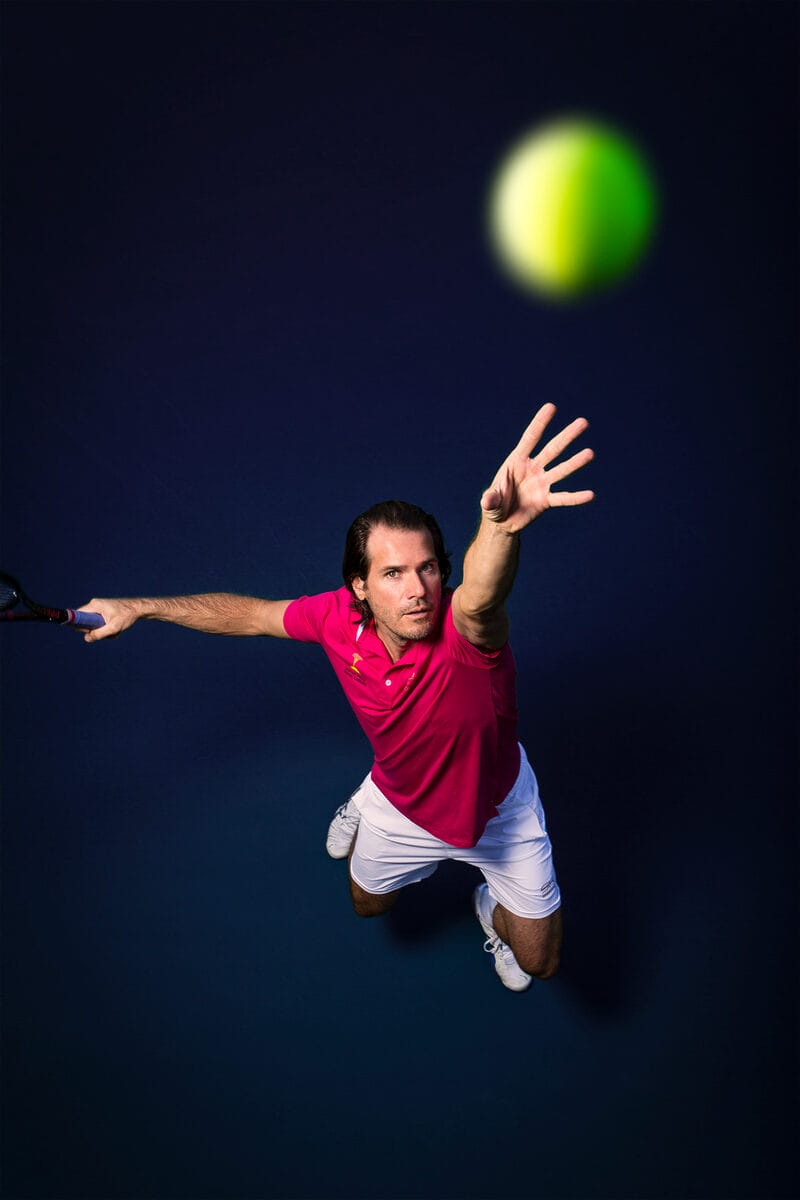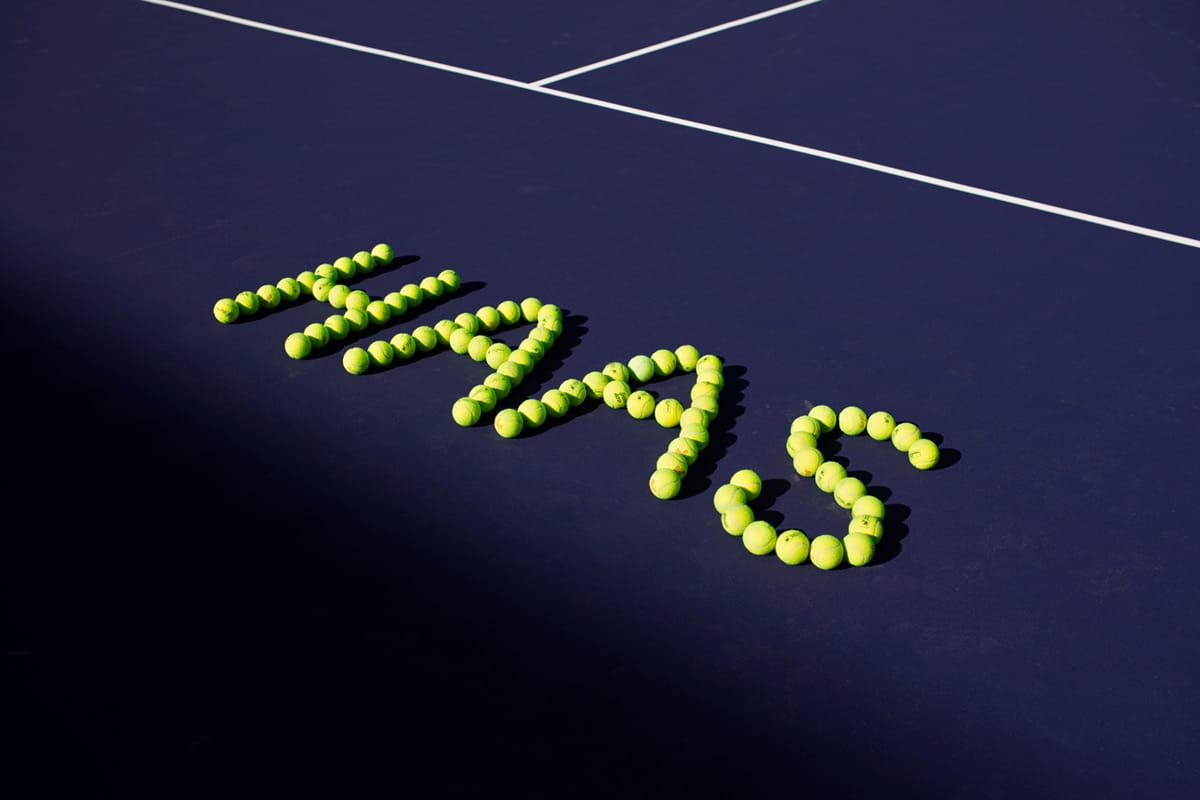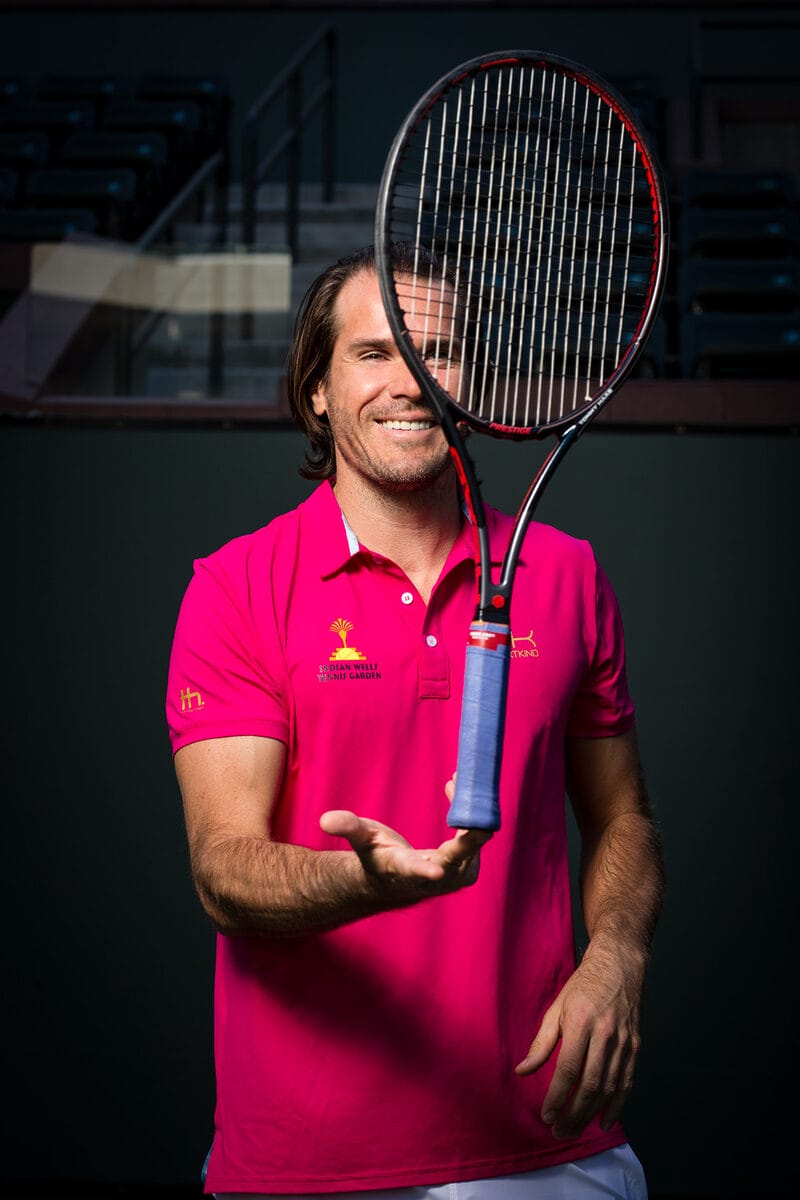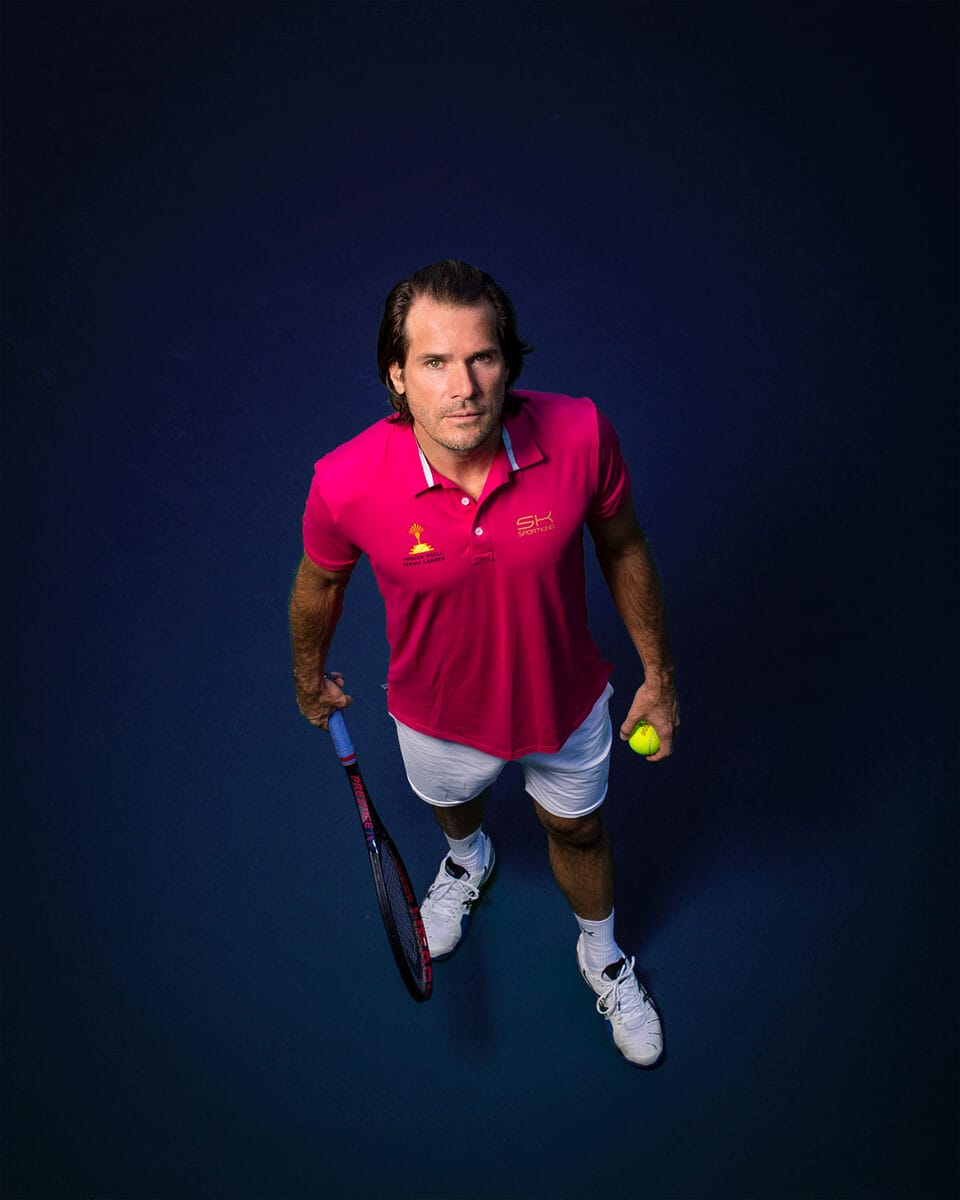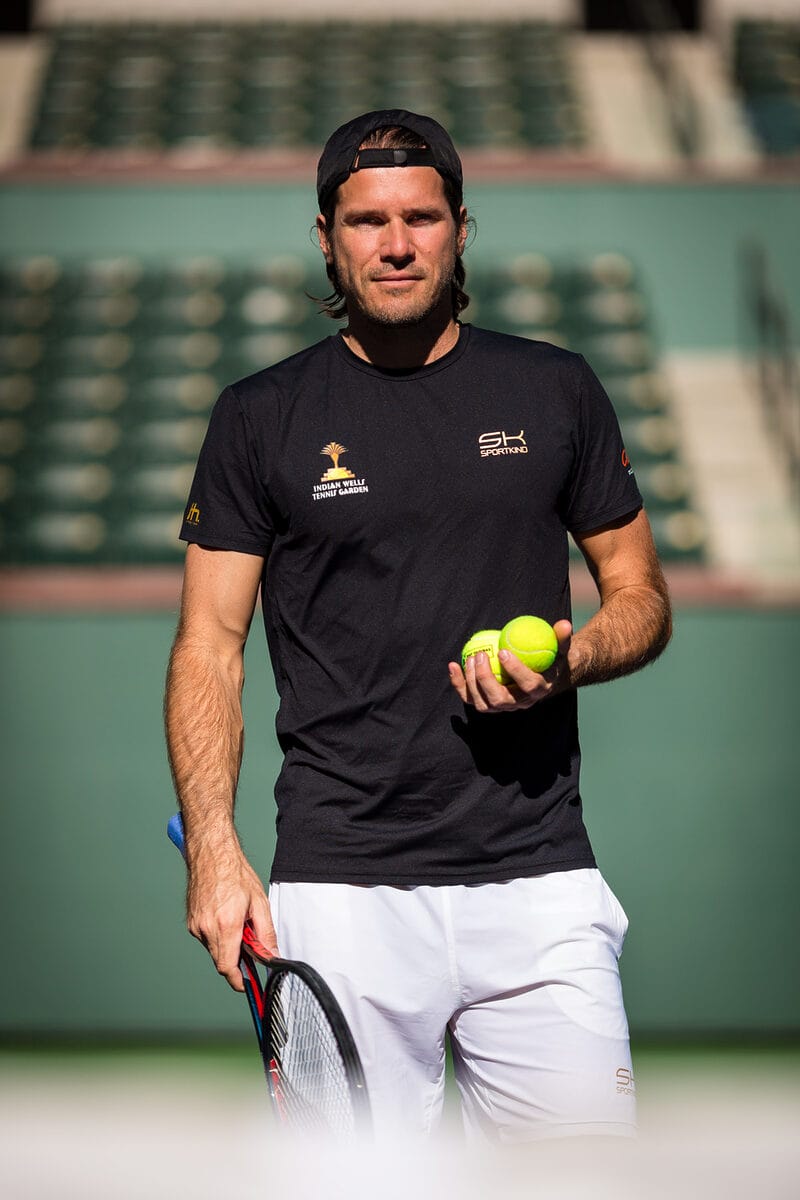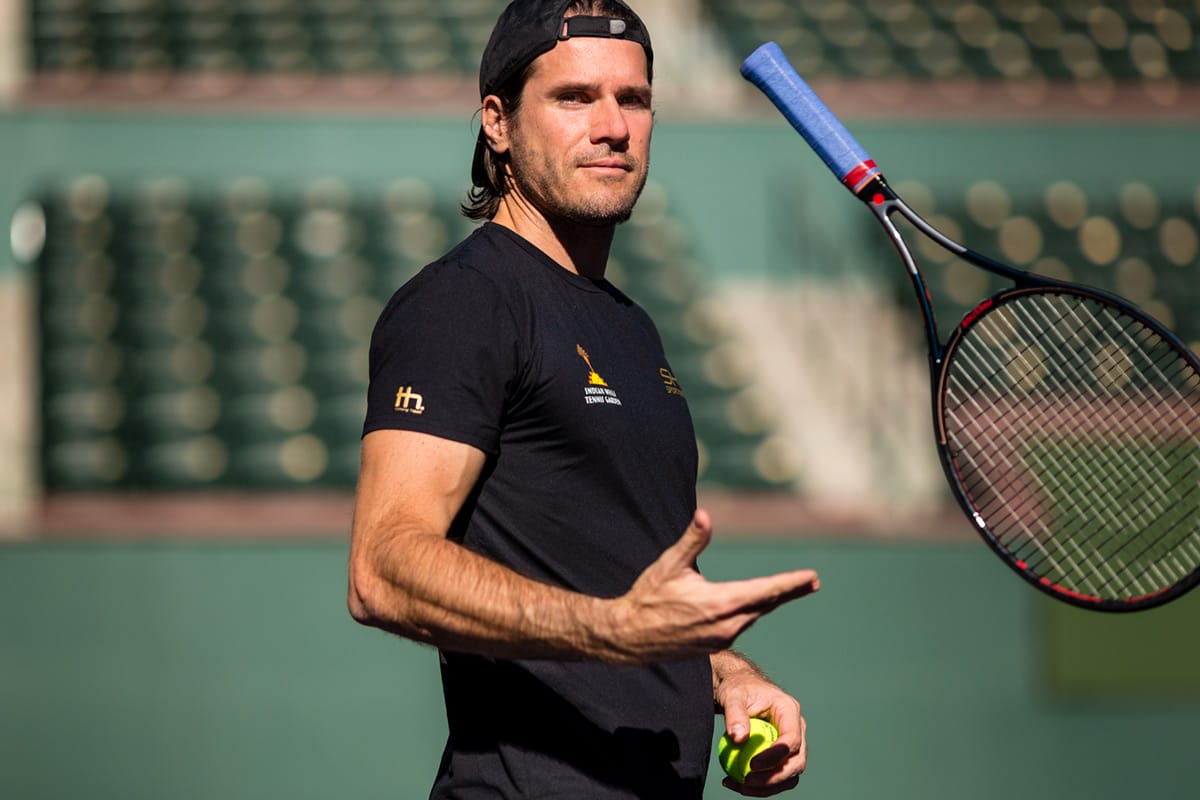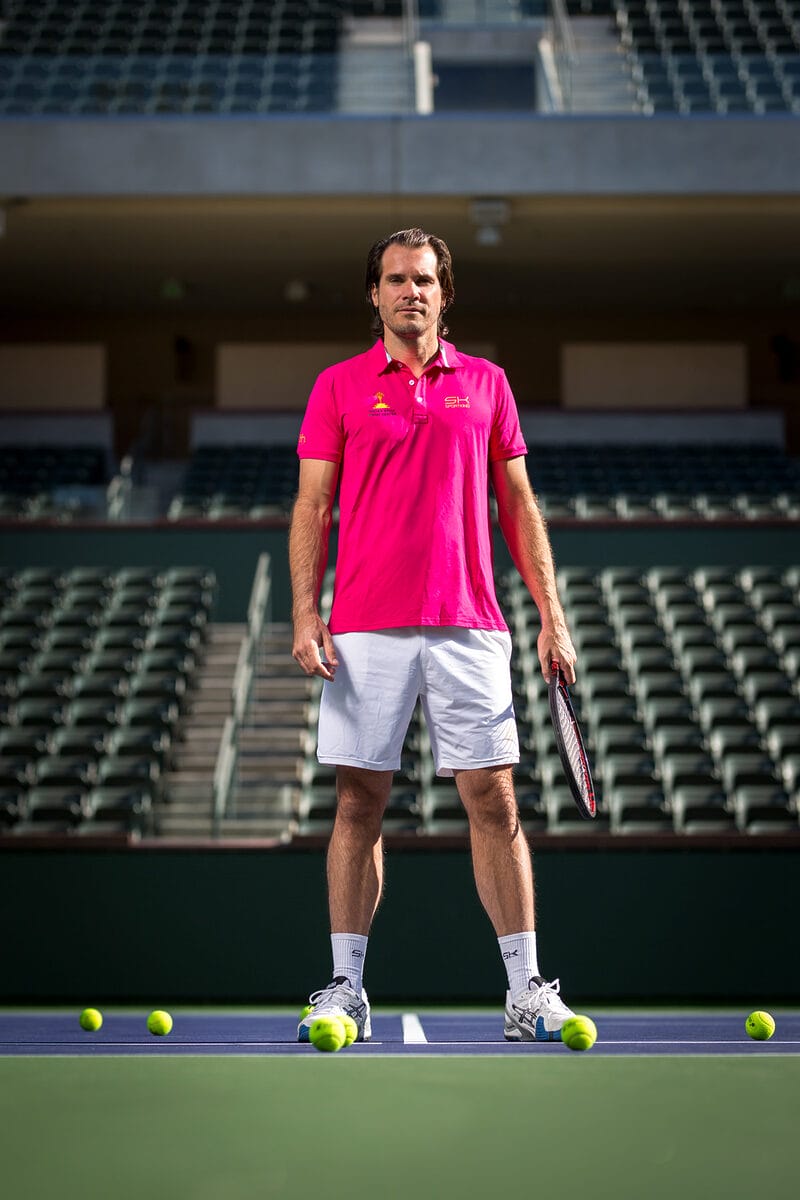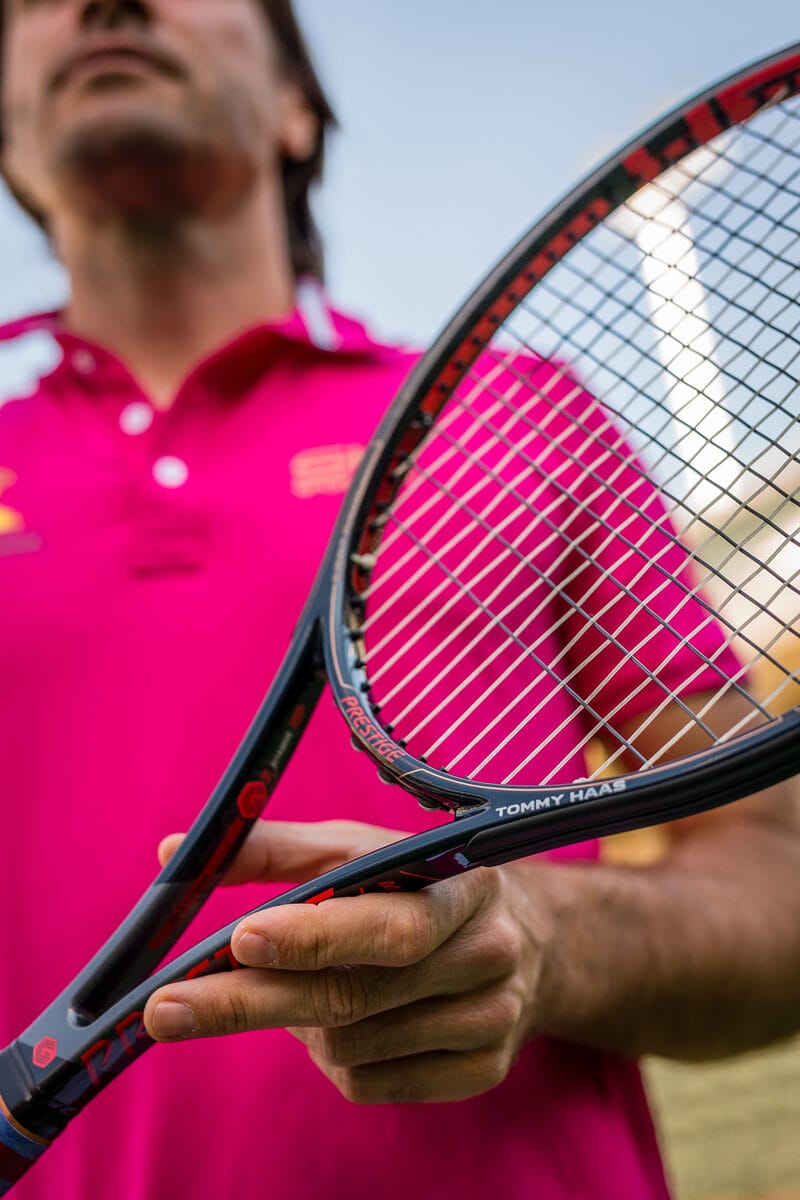Tournament Director Tommy Haas Gets Ready for the BNP Paribas Open in March
When Tommy Haas first picked up a tennis racket at four years old to train with his father, he may not have known that this game would shape the course of his life. He probably also did not know that when he first hit that ball, he would grow to love the game that would bring him 563 professional wins, nine injury-related surgeries and, of course, a silver medal at the 2000 Sydney Olympics. We don’t always know where our passions will take us, but for Tommy Haas, by age seven, he knew that he and that racket would be together for a very long time.
Interestingly, Haas’ first athletic endeavor was not tennis. The current BNP Paribas Open Tournament Director and former World No. 2 practiced martial arts before he ever picked up that racket. Haas explains, “My father was a tennis teacher. He did Judo for a very long time, so he actually put me in judo first because that was his main passion.” It wasn’t until Haas was hanging around his dad to watch him teach at the tennis club that he met his true calling.
“When I was about four years old, I was introduced to playing tennis,” he said. “I had a small wooden tennis racket and a tennis ball and they would tell me ‘go to the wall and detain yourself,’ and that’s how I started getting into tennis.” This is where Haas began showing some impressive skill, and it started to become clear that he belonged on a tennis court.
“Once I was seven years old I knew that I wanted to be a tennis professional,” he said.
After this, Haas’ family made his dream their dream and began to nurture his talent.
After moving from his home in Hamburg, Germany to enroll in a tennis academy in Florida, Haas made his professional debut in 1996 in Indianapolis when he was only 18. “I remember they told me that I would get a wild card,” recalls Haas. “Truly I was over the moon. My first round was against Dick Norman. I beat him and then I beat Renzo Furlan from Italy, then Mark Woodforde,” he continued. “And then, all of a sudden, I’m in the quarters and I’m playing Pete Sampras, who I had seen at the academy when I was 13 or 14 years old when he was training in Florida. He was number one in the world at that time and I was like ‘Wow, this is amazing.’”
At the age of 18, Haas was acing his way to success, serving to some of his childhood idols and making the world of tennis his home. “I was so excited.” he said, “After getting some ATP points, and my ranking went up and then I played the qualifying for the U.S. Open a few weeks later,” he recalls.
“I played one of my childhood idols, Michael Stich. I lost to him in a tough first round, but those were the few weeks where I was like ‘I think I’ve arrived.’”
And arrive he did. Only four years later, Haas’ impressive skill was earning him a spot in the 2000 Sydney Olympics. Up until then, Haas had worked hard to boost his stats and break into the top 10 by 1999. But after grueling matches and a brutal training schedule, he faced what every pro athlete dreads—an injury. As the new millennium began, that injury loomed large, threatening to crush his shot at the Olympics altogether.
“I wasn’t sure about the Olympics.” says Haas, “Looking back, with all of the injuries that I went through, I’m not so sure if my body wasn’t designed to be a professional athlete or if I was just training wrong,” he laughed.
For athletes like Haas, who have been wielding a racket before they could see over the net, the body is bound to have some serious aches and pains. “I couldn’t practice much before and I was still unsure about competing because of my injury,” says Haas, “but most of my friends and family said, ‘Look, this is the Olympics. It’s going to be an amazing experience, seeing all of the other athletes from around the world and getting the chance to go for a medal.’”
So with the love and support of those around him, Haas went on to compete in Sydney. Now being the humble champ that he is, Haas never in his career had designs of snagging one of those pretty Olympic medals, but his tremendous skill and determination won him silver anyway. “I’m happy I went. Just to know that I got a medal made me so happy, I was over the moon. It was a great experience,” he remarked. “And now it’s one of the nicest things to have in your trophy case.” Haas continues, “Now, when my kids see the Olympics and my oldest daughter says to me, ‘You have a medal!’—That’s really special to me.”
Winning an Olympic medal might have most of us ready to hang up the racket, kick up our feet and call it a job well done (like, really well done). Not for Haas. There were still more topspins, backhands and matches to smash before the rally was over.
“I looked at [the Olympics] as another tournament,” says Haas. “Of course it was different, there’s no points or prize money, it’s more about the history and being a part of the Olympian tradition. It’s really cool to look back and know that I have it.”
Haas was absolutely killing the tennis game. He was shredding every court that he set his swift feet upon and the future was looking bright.
But with all the vigor and determination within Haas’ spirit, his body just couldn’t seem to keep up. Haas would eventually undergo nine injury-related surgeries. That’s nine reasons for the average person to call it quits, but Mr. Haas is not your average person. “Sometimes you don’t know how you’re going to react to something in life until it happens to you,” he said. “In 2001 and 2002 I was playing at my best, I was thinking that this was my time to win a Grand Slam, and then I started having issues with my shoulder.”
Haas discovered after many trips to the doctor that the issue was a torn ligament that required surgery and would put him out of commission for eight to 10 months. In the tennis world, that’s a lifetime, he says. “I have seen other players undergo surgeries like that and they didn’t really stay on tour very long after that. I thought this could possibly end my career.”
The thought of this must have been devastating. But looking again to his incredible family and friends for support, as well as having an abnormal amount of determination and drive to get back on the court, Haas made his way back to the top again.
“I had good people around me and I stayed positive.”
Haas was on the road to recovery when, as he explains, “I started practicing again after the first surgery,” he recalled, “and of course, something felt wrong again and I needed another surgery.”
On some level we can all relate to the feeling of being knocked down and getting back up only to be knocked down again. For Haas, his career depended on him getting back up. “I really thought this might be the end,” he said. “With some ambition, belief and a little bit of luck that my shoulder held up, I came back and by 2004 I was back in the top 20. It was a great ‘I’m back’ feeling. I knew that this is where I belonged.”
The rocky road of injuries and recoveries is a road that Haas became very familiar with, and it was always those closest to him that kept him moving forward.
“I give a big shout out to everyone in my life at that time for always keeping my mind hungry and encouraging me to come back no matter what,” says Haas.
This was especially true for Haas when he started a family of his own. Now a father of two, Haas reflects on how the birth of his first daughter motivated him to keep going even in the face of adversity. “Having a family changes everything. You can’t prepare yourself for it,” he said. “Having a daughter and a family gave me the motivation to keep playing. Things happen for a reason, and if I didn’t have that balance with my wife and having a family and didn’t have that focus or mentality shifting to becoming a father and wanting my daughter to see me play, who knows, everything could have changed.”
But like Haas said, “things happen for a reason.” Haas continued to be one of the most exciting and recognized names in tennis and became number 12 in the world by the end of 2013. “I would have never thought in a million years that I would be playing ‘till I was 39 on tours—it’s ridiculous,” he laughed. Haas is ready to spend more time with his family and seeing what life after tennis looks like. “The fact that I don’t have to train hard anymore, be on a certain diet or get up and go to bed at a certain time is a whole new environment for me,” he said. “I’ll continue to play as much as I can because I absolutely enjoy going out there.”
Now in his second year as Tournament Director of the BNP Paribas Open here in Indian Wells, Haas looks forward to continuing this position as retirement approaches.
“Each year we strive to build on our success and improve the fan experience at the BNP Paribas Open. I’m excited and eager for my second year as Tournament Director and can’t wait for our fans to experience the improvements and upgrades we’ve made to the Indian Wells Tennis Garden. The action on and off the court this March will once again remind people why we call our home Tennis Paradise,” added Haas.
“I’m stoked about the idea of helping out here and hopefully do a good job as tournament director,” he says. “I want to keep coming up with ideas that make us unique here as this event keeps growing, progressing as one of the top tournaments to participate in. Every time I’m here, I just want to stay.”
Yes, the desert can have that effect on people, and we can only hope that Tommy Haas decides to make this his home in the future; we’ll be sure to keep the courts warm for him.
Tommy Haas
5 Tips from Tommy for Enjoying the BNP Paribas Open
- Game. Set. Match! When the best tennis players in the world descend on the desert, you never know what you’ll see. The competition is fierce and the serves are hot.
- Come hungry! This is not your typical stadium fare. The Indian Wells Tennis Garden serves up world-class food prepared by legendary chefs like Wolfgang Puck and Nobu Matsuhisa.
- Practice, practice, practice! Stake out your spot at the practice courts and see tennis legends up close and personal.
- Enjoy the views! The Indian Wells Tennis Garden is one of the most scenic sporting venues in the world. Take a look and see why it’s called Tennis Paradise!
- Bring a jacket! Nights can get chilly in the desert, but you won’t want to miss a moment of the magical evenings, complete with tennis under the lights and live music around the grounds.
Vroom, Vroom: One of Tommy’s favorite hangouts in Palm Springs is the Thermal Race Club. “It is exhilarating to drive some incredible, fast cars,” he said.
Stylin’: Tommy’s preferred gear? He explains, “I always like to feel comfortable on and off the court. On-court recently I have been playing in SportKind, and off-court I like to wear Hugo Boss.”
Playtime: If he had to choose his favorite surfaces to play on, it would be hard court, clay and indoor grass.
Tommy Haas
Athletes That Tommy Looks up to for Inspiration:
– Michael Jordan
– Lindsey Vonn
– Alex Zanardi
– Niki Lauda
– Arnold Schwarzenegger
Local Insight: Haas recommends hitting up some of the restaurants located at the Indian Wells Tennis Garden for some good eats. “Nobu or Spago are just incredible. The fact that you can have world class food here at a tennis tournament is amazing.”
Tommy Haas | @tommyhaasofficial
BNP Paribas Open | @bnpparibasopen
All Apparel Provided By:
Sportkind, Tommy Haas Collection
Photoshoot Location:
Indian Wells Tennis Garden
78-200 Miles Ave
Indian Wells, CA 92210
760.200.8400
Written By: Quintan Valles
- Nick Isabella




